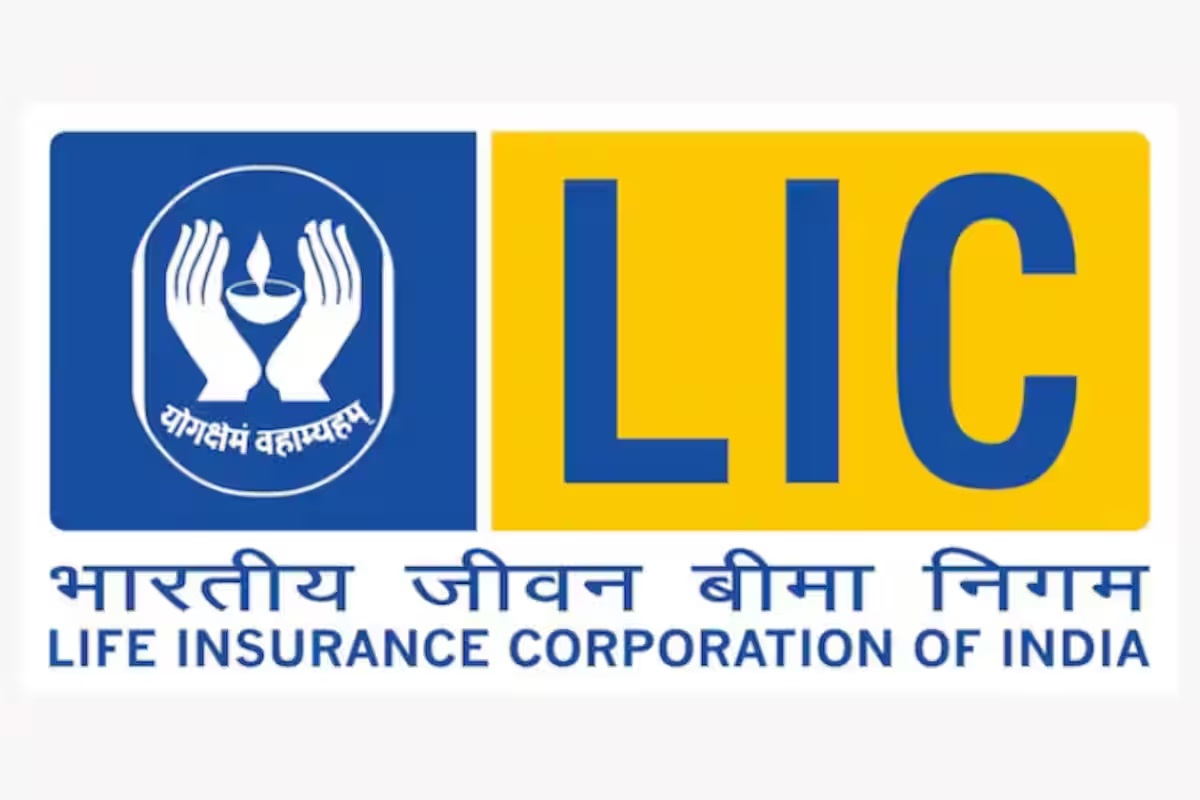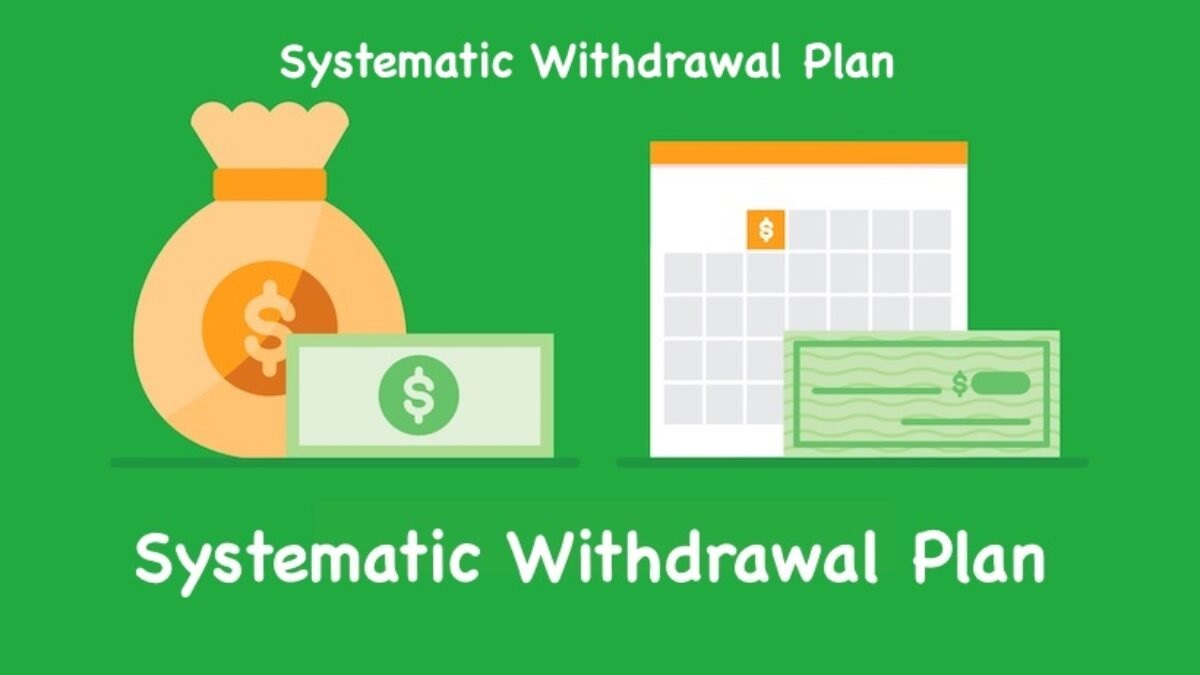Best Travel Credit Cards in India for 2025: Travel Smart, Earn Big
Planning to explore new destinations in 2025? Whether you’re flying across continents or just taking weekend trips within India, the right credit card can seriously upgrade your travel experience. From free flight tickets and lounge access to air miles and travel insurance, travel credit cards are your ultimate travel companion.
In this guide, we’ve rounded up the best travel credit cards in India for 2025—including the top choices for international jetsetters, domestic explorers, and even budget-conscious travelers. We’ll also highlight standout options like the Axis Atlas Credit Card, and help you figure out which card suits your travel style best.
Why Get a Travel Credit Card?
A travel credit card isn’t just about swiping—it’s about making every trip more rewarding. Here’s what you get:
-
Air Miles: Earn miles on flights, hotels, and more—redeemable for tickets or upgrades.
-
Airport Lounge Access: Enjoy peace and comfort before your flight, often for free.
-
Travel Insurance: Be covered for trip cancellations, medical emergencies, and lost baggage.
-
Exclusive Discounts: Save big on flights and hotel bookings via partner platforms.
-
Lower Forex Markup: Spend abroad without worrying about high conversion charges.
Top Travel Credit Cards in India for 2025
Let’s dive into the top contenders for Indian travelers this year:
1. Axis Atlas Credit Card
Perfect for: Frequent flyers looking for flexibility and global rewards
This card is a dream for serious travelers. You earn EDGE Miles (convertible into hotel and airline points), enjoy airport lounge access, and benefit from a low forex markup.
Highlights:
-
Earn 5 EDGE Miles/₹100 on travel and 2 on other spends.
-
Lounge access: Up to 18 domestic & 12 international (Platinum tier).
-
1.5% forex fee—lower than most cards.
-
Welcome bonus: 2,500 EDGE Miles.
-
Annual Fee: ₹5,000 + GST.
Why it stands out: Use miles across airlines and hotel chains—great for those who aren’t loyal to a single airline.
2. HDFC Diners Club Black Credit Card
Perfect for: Luxury travelers and international frequent flyers
With unlimited lounge access worldwide and strong reward points, this super-premium card is for those who fly often and expect first-class perks.
Highlights:
-
5 points/₹150 spent across categories.
-
10X points on HDFC SmartBuy (flights, hotels).
-
Unlimited Priority Pass access.
-
Complimentary memberships: Amazon Prime, Club Marriott, etc.
-
Annual Fee: ₹10,000 + GST (waived at ₹8L spends).
Why it stands out: High rewards, premium memberships, and unmatched lounge privileges.
3. ICICI Emeralde Private Metal Credit Card
Perfect for: High-net-worth individuals and international luxury travelers
This invite-only card combines elite benefits with convenience.
Highlights:
-
6 reward points/₹200 spent.
-
Unlimited international and 24 domestic lounge access.
-
Free Taj Epicure membership.
-
Forex Fee: 2% + GST.
-
Travel insurance covers medical emergencies, lost baggage, etc.
-
Annual Fee: ₹4,999.
Why it stands out: Premium experience with exclusive travel privileges.
4. Club Vistara IDFC First Credit Card
Perfect for: Regular domestic travelers flying with Vistara
A must-have for Vistara lovers, this co-branded card gives you free flight tickets and travel perks.
Highlights:
-
Earn 6 CV Points/₹200 on regular spends.
-
Free Premium Economy ticket as a welcome gift.
-
Up to 5 free Vistara tickets annually via milestones.
-
Lounge Access: 2 domestic + 1 international/quarter.
-
Annual Fee: ₹2,500 + GST.
Why it stands out: Best-in-class for domestic flyers who prefer Vistara.
5. Kotak IndiGo Ka-ching 6E Rewards XL Card
Perfect for: Travelers who frequently fly IndiGo
This co-branded card is a budget-friendly favorite with great IndiGo perks.
Highlights:
-
6% 6E Rewards on IndiGo spends; 3% on dining & groceries.
-
Free IndiGo ticket worth ₹3,000.
-
1 domestic lounge visit/quarter.
-
Forex Fee: 3.5% + GST.
-
Annual Fee: ₹2,500 + GST.
Why it stands out: Great value for IndiGo regulars and budget travelers.
6. Air India SBI Signature Card
Perfect for: Loyal Air India passengers
If you fly Air India often, this card helps you rack up miles faster than most others.
Highlights:
-
Up to 30 points/₹100 on Air India bookings.
-
20,000 welcome points.
-
Lounge Access: 8 domestic/year.
-
Annual Fee: ₹4,999 + GST.
Why it stands out: High points earning on Air India makes it ideal for national and international routes.
7. Standard Chartered EaseMyTrip Credit Card
Perfect for: Casual or budget-conscious travelers
This is one of the most affordable travel cards, with great discounts on bookings.
Highlights:
Why it stands out: Pocket-friendly card with real savings on travel expenses.
8. American Express Platinum Travel Credit Card
Perfect for: Domestic travelers seeking hotel benefits
Great for those who love Taj properties and domestic travel comfort.
Highlights:
-
4 domestic lounge visits/quarter.
-
Free Taj Stay vouchers via milestones.
-
5X points on select categories.
-
Annual Fee: ₹5,000 + GST.
Why it stands out: Luxe hotel perks and decent travel rewards make it a solid lifestyle card.
Quick Comparison: Best Travel Cards for Your Needs
How to Pick the Right Travel Credit Card
Not sure which one’s right for you? Consider these factors:
-
How Often You Travel
-
Airline Loyalty
-
Vistara: Club Vistara IDFC First
-
IndiGo: Kotak IndiGo Ka-ching
-
Air India: SBI Signature
-
No loyalty? Choose Axis Atlas for flexible miles.
-
Your Budget
-
Premium cards: HDFC Diners, Axis Atlas
-
Mid-range: Club Vistara, ICICI Emeralde
-
Budget: SC EaseMyTrip
Spotlight: Axis Atlas – The Best All-Rounder
If you don’t want to tie yourself to one airline or hotel brand, the Axis Atlas Credit Card checks all the right boxes. With a competitive 1.5% forex fee, high reward rate on travel, and massive lounge access—it’s built for the modern explorer.
Pro Tip: Use the Axis Travel EDGE portal to book flights/hotels for extra rewards and faster mile accumulation.
Maximize Your Travel Rewards: Tips That Work
-
Book Smart: Use your card’s travel portal (e.g., Axis EDGE, SmartBuy) for extra rewards.
-
Meet Milestones: Spend smartly to unlock bonuses like free tickets and vouchers.
-
Redeem Wisely: Convert points to air miles or hotel stays for better value.
-
Use Lounge Access: Don’t leave freebies on the table—relax before flights.
-
Avoid Interest: Always pay your bills in full to keep rewards profitable.
Conclusion: Your Ticket to Smarter Travel in 2025
The best travel credit card in India really comes down to how and where you travel:
-
For International Trips: HDFC Diners Club Black or ICICI Emeralde.
-
For Domestic Getaways: Club Vistara IDFC First or Kotak IndiGo.
-
For Flexibility: Axis Atlas wins hands down.
-
For Budget Savings: Go with SC EaseMyTrip.
So go ahead—compare your needs, pick the card that fits, and start earning while you explore. Your next vacation could be free!
Apply now through the official bank websites like Axis Bank, HDFC, or ICICI and get set to make your 2025 travels unforgettable.









